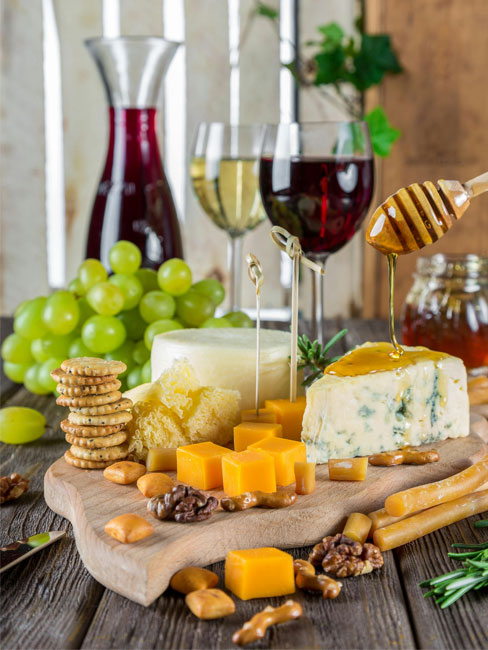
Table of Contents
- Understanding the Basics of Wine Tasting
- Selecting the Right Wines
- Setting Up the Environment
- Tasting Techniques for Maximum Enjoyment
- Pairing Wine with Food
- Recording Your Impressions
- Hosting a Virtual Wine Tasting Party
- Additional Tips for Wine Enthusiasts
Understanding the Basics of Wine Tasting
Wine tasting is both an art and a science, focusing on wine’s sensory examination and evaluation. It involves fully engaging all your senses to appreciate the wine in your glass. Understanding the key elements of wine tasting can significantly enhance your overall experience.
Commence your wine-tasting journey by grasping the importance of appearance, aroma, and taste. Observing the wine’s color and clarity can reveal much about its age and quality. The wine’s aroma or “nose” offers initial clues to its complexity and character. Consider the different flavor notes and how the wine feels on your palate. While professional tasters may use complex terminology, you can start by understanding basic descriptors like fruity, earthy, floral, and more. This foundational knowledge will sustain your journey toward more nuanced appreciation.
Selecting the Right Wines
Your wine selection sets the tone for your tasting session. A diverse array of wines, including reds, whites, and rosés, can create an exciting and well-rounded experience. Novices and enthusiasts can benefit from guides like Wine Folly, which provides expert advice on choosing wines to impress your guests and create a balanced tasting flight. For an informative and immersive experience, gain insights from renowned vineyards like St. Supéry Estate Vineyards and Winery.
Consider mixing familiar and novel choices to keep things interesting. Common varietals such as Chardonnay, Merlot, and Pinot Noir are great staples, while more unique varieties like Viognier or Zinfandel can add an element of surprise. When selecting wines, also account for your guests’ preferences and dietary restrictions to ensure everyone has something to enjoy.
Setting Up the Environment
The environment in which you conduct your wine tasting is crucial for optimal enjoyment. A clean, well-lit space free of lingering odors will help you focus solely on the wine. Maintaining a comfortable room temperature—around 60-68°F for reds and 49-55°F for whites—is vital, as extremes of heat or cold can negatively affect the wine’s flavor profile.
You can further enhance your environment by considering Food and Wine magazine tips. For instance, neutral-colored décor can prevent visual distractions, while soft background music can create a pleasant, inviting ambiance. These minor tweaks can significantly improve the overall wine-tasting experience.
Tasting Techniques for Maximum Enjoyment
Mastering the art of wine tasting involves more than just sipping. Employ these simple but effective techniques to ensure you fully enjoy each glass:
- Observe: Inspect the wine visually by tilting your glass and observing its color and clarity. A wine’s color can indicate its age and type.
- Swirl: Gently swirl the wine in your glass to aerate it, which helps to release its complex aromas.
- Smell: Inhale deeply to capture the wine’s bouquet. The scent can give you initial clues about the wine’s flavor and body.
- Sip: Take a small sip and let it sit on your palate to experience the range of flavors fully. Notice the initial taste, the mid-palate complexities, and the finish.
- Savor: Focus on the wine’s aftertaste or finish. A long, lingering finish is often an indicator of a high-quality wine.
Practicing these steps regularly will refine your palate, allowing you to appreciate the complexities within each glass and elevate your wine-tasting skills over time.
Pairing Wine with Food
The right food pairing can elevate your wine-tasting experience to new heights. Classic combinations like Chardonnay with creamy seafood or Cabernet Sauvignon with hearty red meat can bring out the best in the wine and the dish. The opposition or pairing of different tastes can heighten your sensory perception and bring complexity to your tasting experience. For wines that captivate on every level, Davis Estates offers the perfect duo: a golden-hued, tangy Chardonnay and a rich Cabernet Sauvignon with hints of blackberry, dried herbs, and earthy charm.
Don’t hesitate to experiment with unconventional pairings to discover new favorites. For example, a sweet dessert wine like Sauternes can pair wonderfully with sharp cheeses, creating a delightful contrast. Use your creativity to explore combinations and enhance your enjoyment of wine and food.
Recording Your Impressions
Keeping a wine journal is an excellent way to document your journey and enhance your appreciation. Record details such as the name, vintage, appearance, aroma, taste, and overall impressions of each wine. This practice can help you remember your favorites and track your palate’s evolution.
A detailed journal is also a valuable resource for future reference. Reviewing your notes can guide future purchases and tasting sessions, ensuring you build on your knowledge and continually expand your wine expertise. Additionally, sharing your journal with fellow wine enthusiasts can foster engaging conversations and exchange of insights.
Hosting a Virtual Wine Tasting Party
Virtual wine tastings have become a popular way to connect with friends and family from afar. You can create a fun and engaging wine-tasting experience from the comfort of your home using video conferencing tools. The format is simple yet flexible, allowing participants to share their insights and impressions in real-time.
Invite guests to purchase the same selection of wines or create themed tastings where each participant brings a different wine. Prepare a brief agenda, including the wines you’ll taste, key talking points, and food pairing suggestions. Setting up a structured but relaxed format will ensure a smooth and enjoyable event where everyone can learn and have fun.
Additional Tips for Wine Enthusiasts
Read industry magazines and blogs and join online communities to stay abreast of the latest trends and developments in the wine world. Engaging with fellow enthusiasts can provide valuable insights and allow you to share your experiences.
For a deeper dive into the world of wine, consider attending local wine-tasting events or enrolling in a wine appreciation course. These opportunities offer hands-on experiences and expert guidance, further enriching your wine journey. Some courses even provide certification, validating your growing expertise in the field.


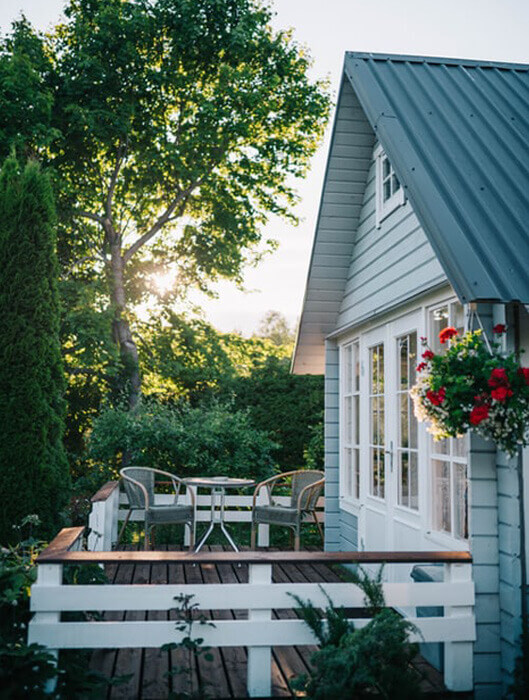
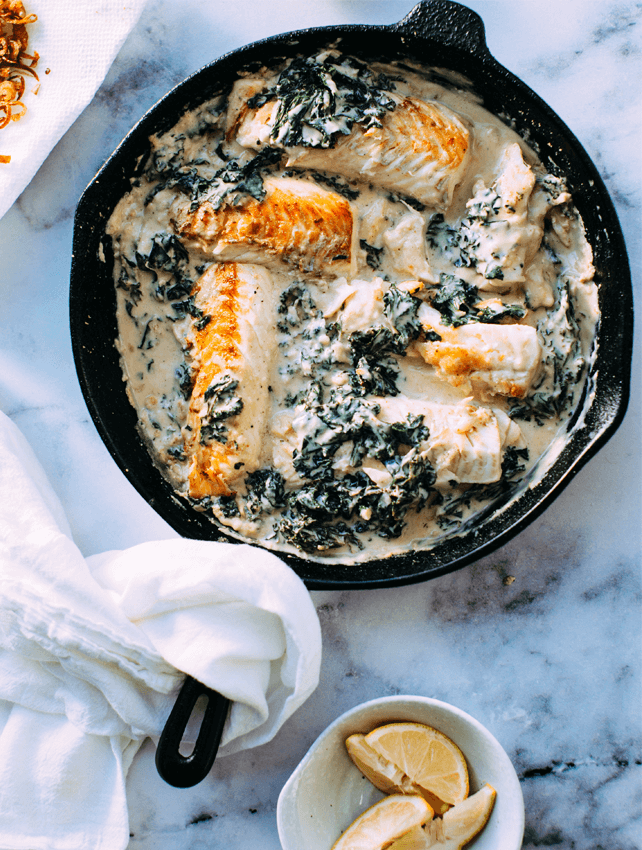
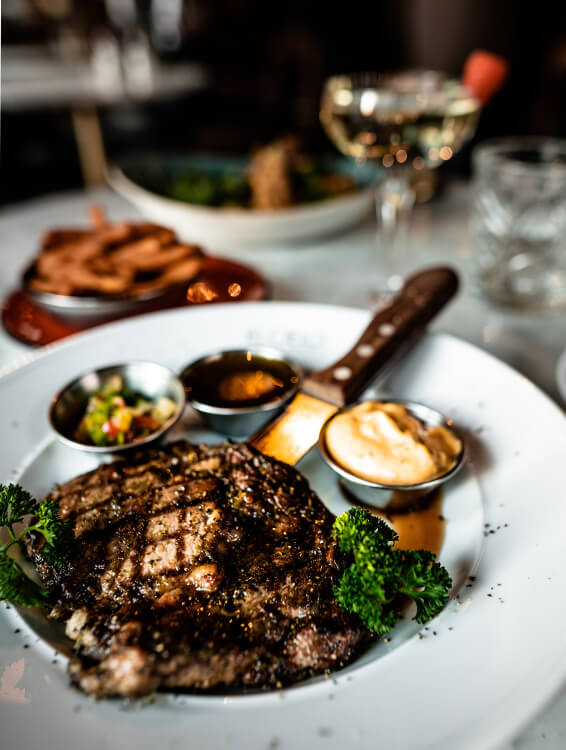
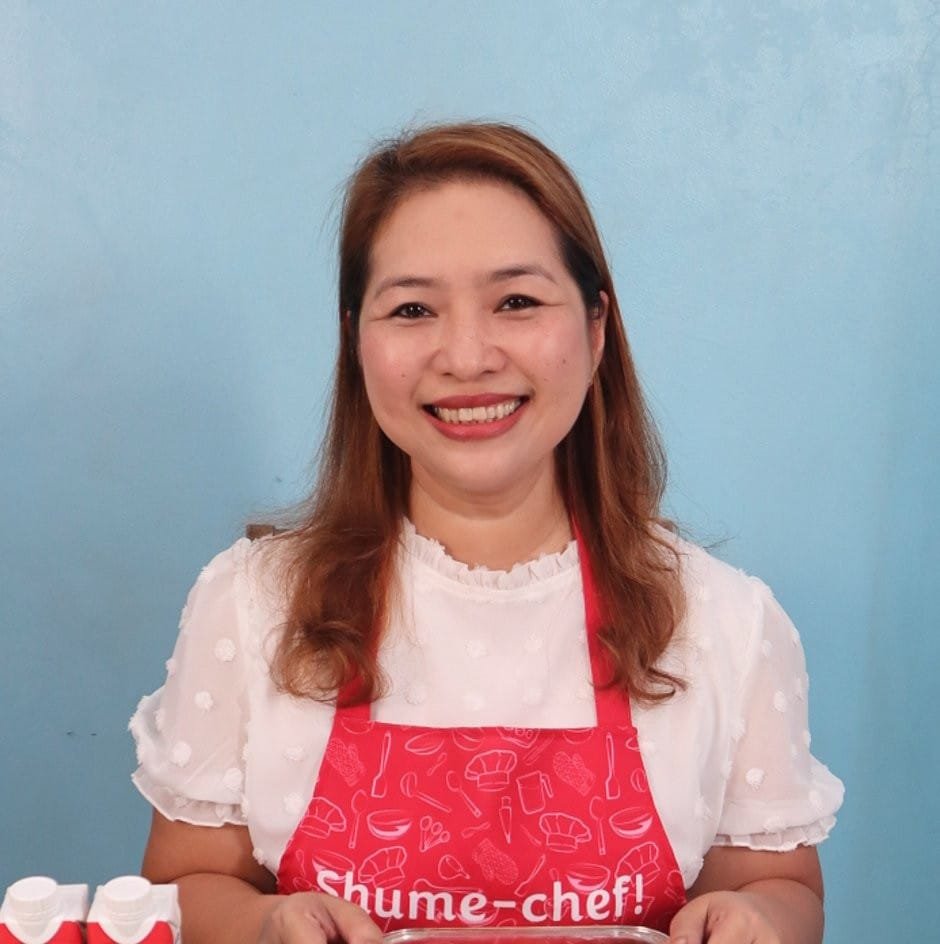

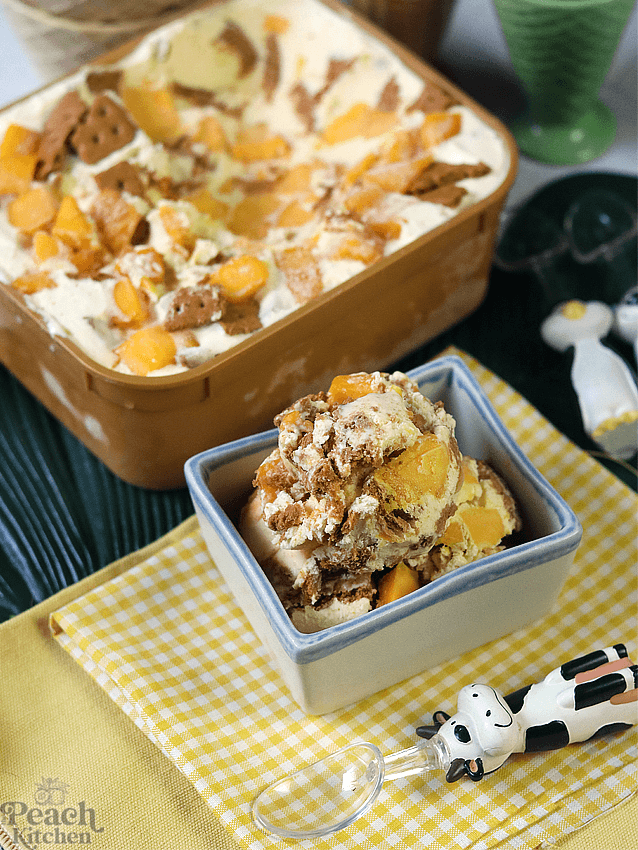
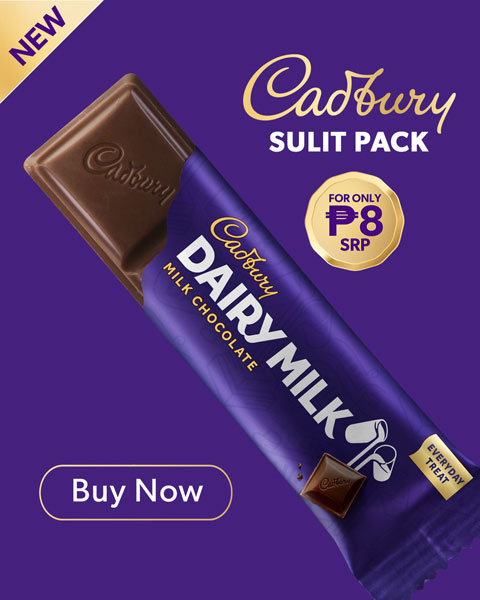
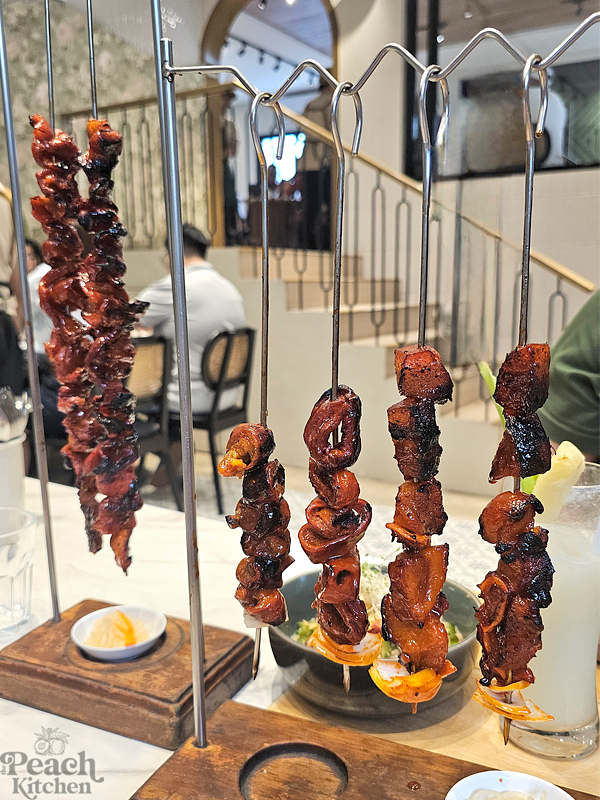
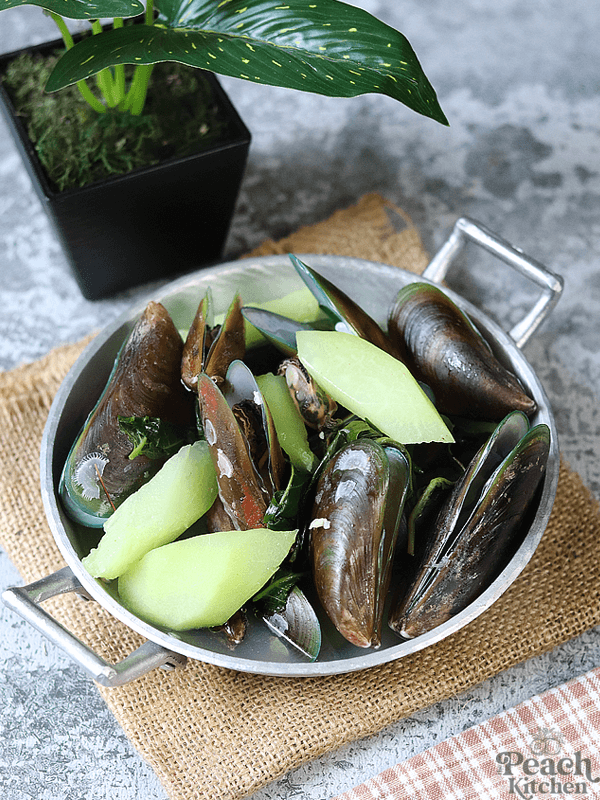
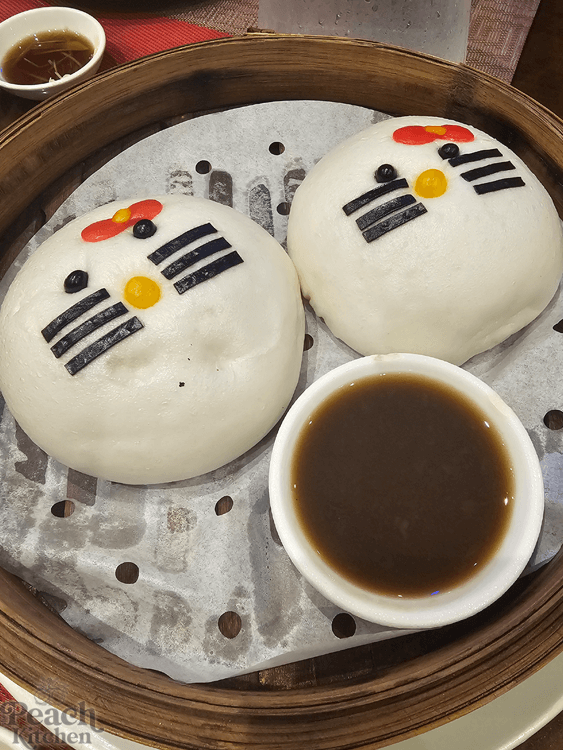


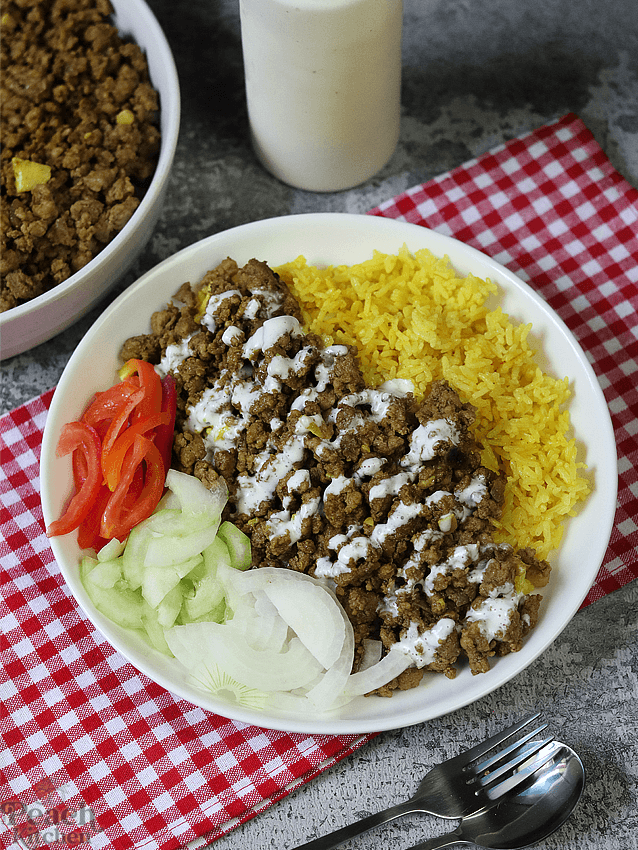
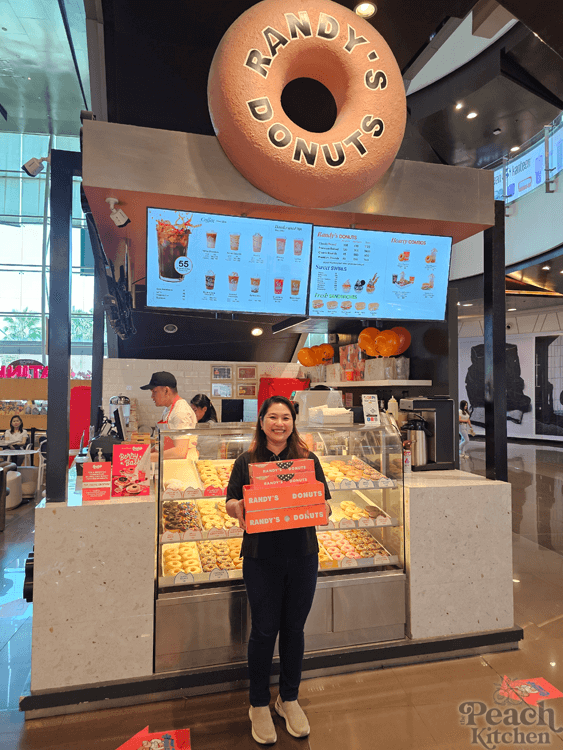
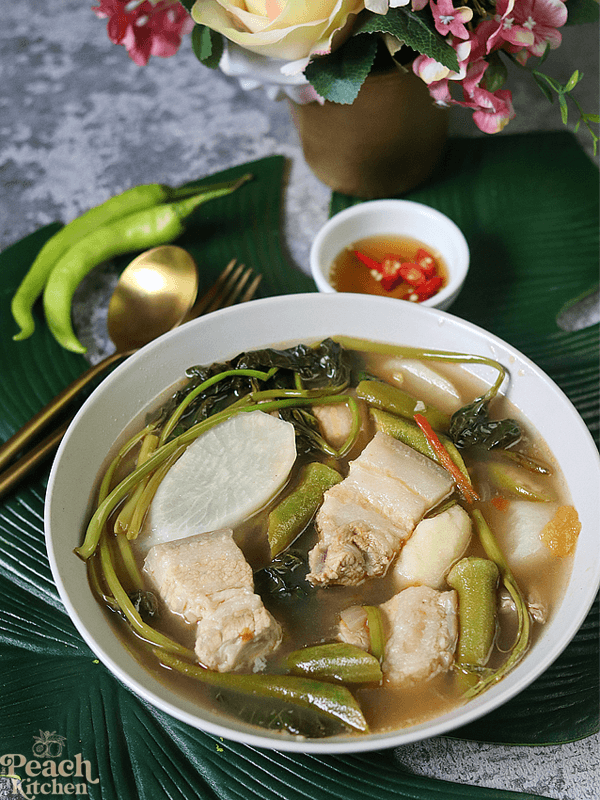
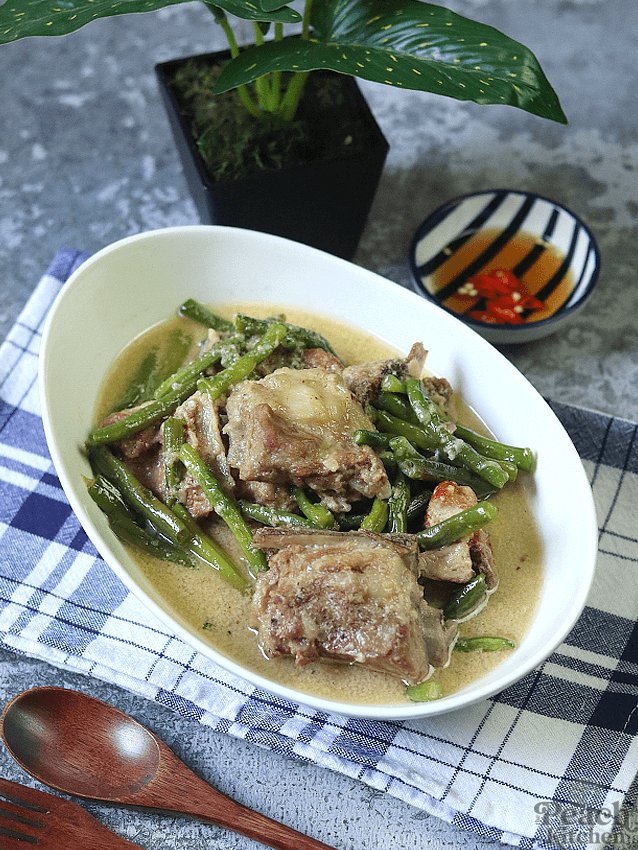


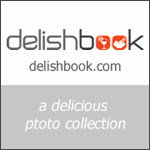



One Response
Wow this is really nice Mommy Peach. We love wine too . This is always perfect for any special occasions and also drinking wine is healthy too .